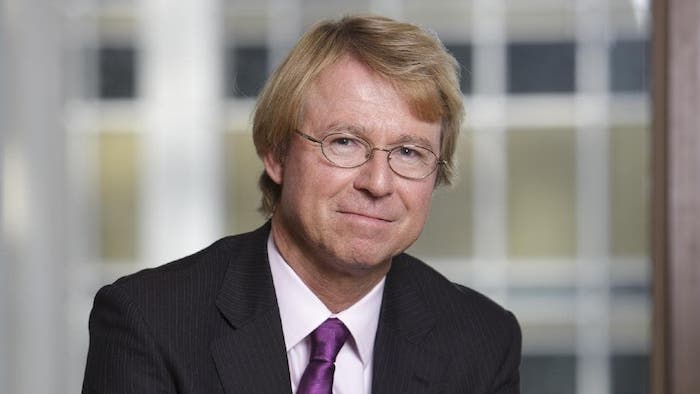March quarter inflation higher than expected but irrelevant given the Covid-19 disruption: Shane Oliver
Expert Observation by Dr Shane Oliver, head of investment strategy and chief economist at AMP Capital
The Australian March quarter Consumer Price Index showed headline inflation rising by 0.3 per cent over the quarter with annual inflation up by 2.2 per cent which was higher than market expectations of a 0.2 per cent quarterly increase or 1.9 per cent over the year.
The RBA’s preferred measure of “core” inflation, as measured by the “trimmed mean” index rose by 0.5 per cent or 1.8 per cent, also above market expectations of a 0.3 per cent increase or 1.6 per cent over the year.
Usually the inflation data is a key component of the Reserve Bank’s policy deliberations but its importance has been reduced (for now) as the impacts of the coronavirus on the economy takes hold.
In a pre-coronavirus world, today’s inflation data would have given the Reserve Bank confidence that its low interest rate settings were making inroads into lifting inflation, with underlying inflation showing its strongest quarterly rise since early 2018.
However, this has all changed because from the impacts of COVID-19 and associated shutdowns to economic activity. Inflation is expected to go backwards in the near-term (i.e. deflation) from the impacts of the virus and low inflation could persist for a while if the economic recovery is slower than expected.
The key points from the March quarter inflation data are:
- The largest upside surprise was from higher food prices, from drought and bushfire impacts (bushfires increased transport costs for some fresh produce). The largest price rises were in fruit and vegetables (+6.0 per cent) and meat and seafood (+2.05). Covid-19 panic buying was evident towards the end of March for products like rice and pasta which lifted the prices for these items.
- Tobacco prices rose by 2 per cent from the tobacco tax excise increase.
- There were less signs of discounting in the March quarter in clothing & footwear but this is likely to be reversed in the June quarter as stores try to increase sales in the current environment.
- The early signs of Covid-19 impacts were evident in higher prices for non-durable household products (up by 3.4 per cent) with rises for things like toilet paper, soap, hand sanitiser. Most of these increases are unlikely to be sustained as the surge in demand for such items has simply brought spending on them forward.
- Health costs rose (+1.7 per cent) due to the way the Pharmaceutical Benefits Scheme works, which usually see seasonal rises in prices for pharmaceutical products and in medical and hospital services in the March quarter.
- A large fall in fuel prices (-6 per cent) from a lower oil price reduced transport costs. Expect even lower fuel prices in the June quarter given the collapse in the oil price over recent weeks.
- Recreation prices fell by 1.7 per cent (mainly due to holiday travel and accommodation) which is a usual seasonal effect after the peak holiday period in the prior quarter. There were no signs of Covid-19 impacting travel prices because the social distancing restrictions only came into effect in late March and also because the ABS would have measured the cost of travel done in March at the time it was booked which wouldn’t give enough time for price discounts to be evident.
- Education prices rose by 2.6 per cent from the usual rises in school feels in the March quarter.
- Insurance and financial services prices were up by 0.7 per cent over the quarter.
Implications
Looking ahead, June inflation is expected to be negative in Australia, possibly as weak as -2 per cent quarter on quarter or -0.5 per cent year on year which would be the biggest fall in annual consumer prices since a 1.3 per cent decline over the year to the June quarter in 1962.
Petrol prices (in Australia) are already down by around 35 per cent compared to the March quarter, childcare prices will fall sharply as a result of the Government subsidy up until the end of June, rents are declining, many government charges are seeing price freezes or rebates, some non-government education providers are providing discounts, communication costs will decline due to providers offering larger internet plans with no extra costs (recorded as a price fall by the ABS), finance and insurance costs are being cut and retailers are discounting in areas of weak demand.
While there might be some offset from higher food prices given supply constraints, below-capacity economic activity and much higher unemployment will likely keep inflation weak and well below target for several years.Inflationary pressures could rise once economic activity recovers, spare capacity is used up and unemployment falls below full employment levels helped by significant monetary and fiscal stimulus, but this is unlikely to be the case until sometime after 2022. As a result the RBA’s cash rate is likely to be stuck at 0.25 per cent for the next three years at least.
